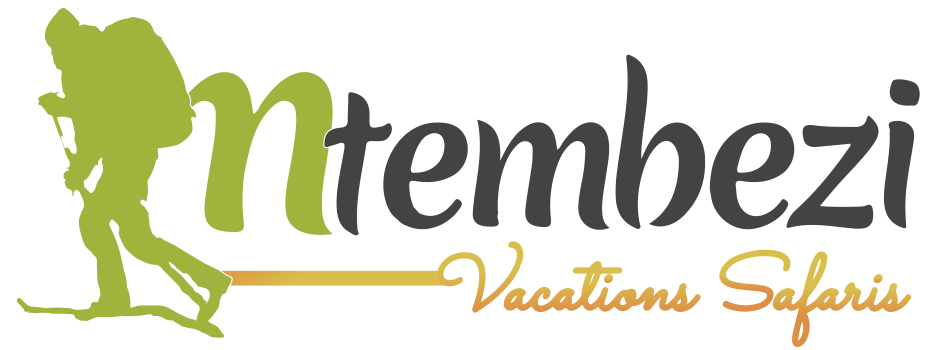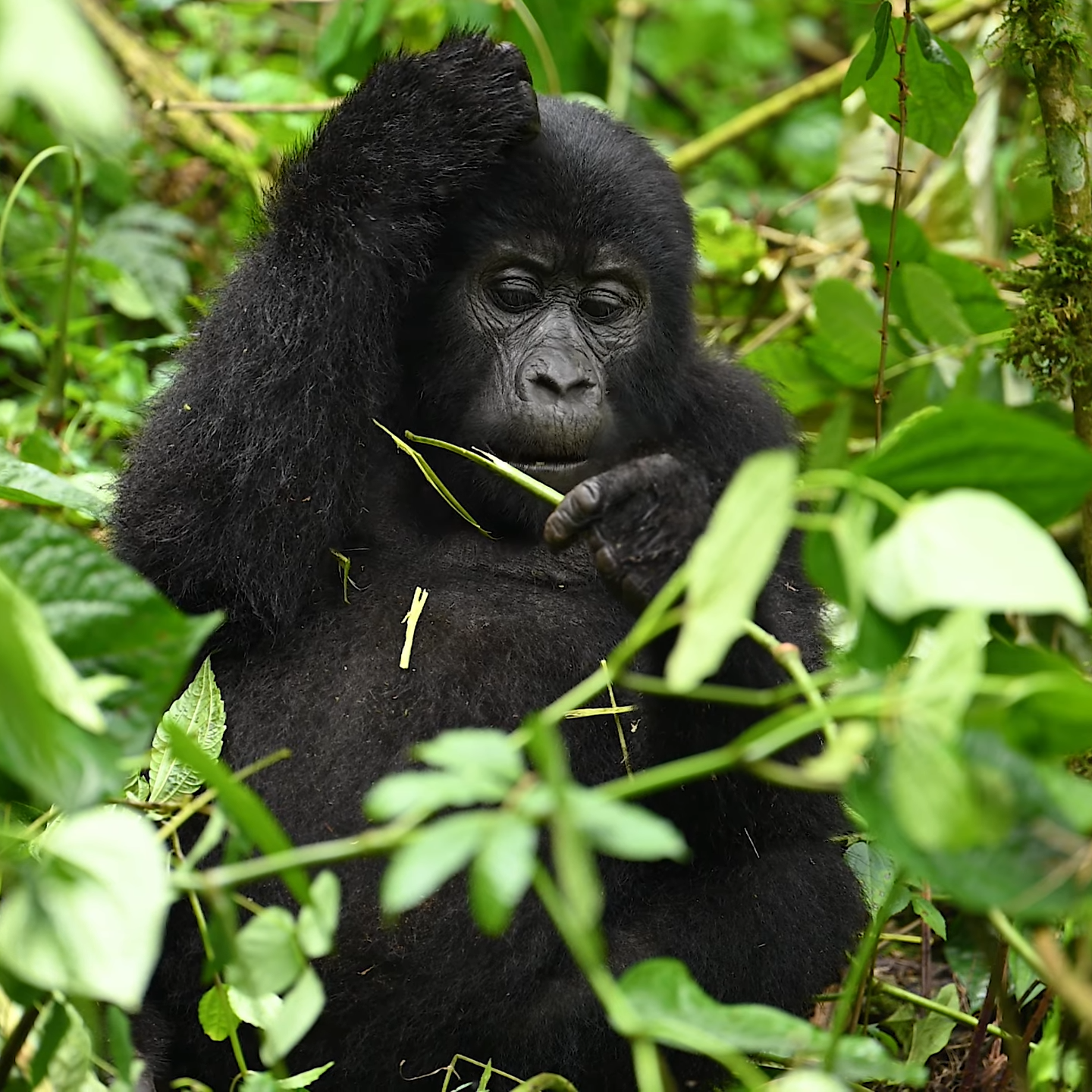Gorilla Families in Uganda and Rwanda: Which Group Should You Visit in 2025?
Planning a gorilla trek in 2025 means more than just booking a permit; it’s about choosing the right country, the right family group, and understanding the experience each offers. Both Uganda and Rwanda are home to habituated mountain gorillas, but they differ in terrain, trekking style, and, most notably, in cost.
Rwanda’s gorilla permit remains at $1,500 per person year-round, offering a premium experience in Volcanoes National Park. In contrast, Uganda is the best option for budget-conscious travelers, with standard permits priced at $800 through mid-2026. Uganda also offers a 4-hour gorilla habituation experience for about $1,500, an immersive alternative for those wanting more than the standard 1-hour trek.
This price difference has made Uganda increasingly popular for budget gorilla trekking safaris, especially in regions like Rushaga and Ruhija, where affordable lodges and high gorilla group density enhance the value. Uganda’s Bwindi Impenetrable Forest alone offers daily access to dozens of habituated families, spread across four sectors. Rwanda, by contrast, offers a smaller number of daily treks with a more consistent high-end tourism focus.
In this guide, we’ll compare the most visited gorilla families in both countries, their behavior, trekking difficulty, scenic environments, and what type of traveler they suit best. If you’re planning a 2025 gorilla safari and want to balance cost, comfort, and experience, this guide will help you decide which gorilla group and which country are the right match.
Uganda’s Gorilla Families (Bwindi & Mgahinga)
Uganda has ~12 fully habituated families. Notable ones include Mubare (Buhoma, ~8 members)—the oldest habituated group, very accustomed to tourists; Habinyanja (Buhoma, ~17 members)—one of the first opened for tourism, known for its peaceful range and a history of a friendly silverback; Rushegura (Buhoma, ~19)—a stable, calm troop led by Mwirima (not shy around people); Bitukura (Ruhija, ~14)—habituated unusually quickly, with multiple silverbacks; and Oruzogo (Ruhija, ~25)—a large group famous for playful young gorillas. Treks to Mubare and Habinyanja tend to be easier (shorter hike) since these groups stay near the main trailhead. In contrast, Oruzogo and Bitukura (Ruhija sector) require longer, more strenuous hikes. Overall, Bwindi’s gorillas are generally reserved: adults often watch quietly, and juveniles explore, but the families remain approachable.
Top Gorilla Families in Uganda (Bwindi Impenetrable Forest—2025 Guide)
| Gorilla Family | Location (Park/Sector) | Group Size | Personality & Notes | Trek Difficulty |
|---|---|---|---|---|
| Mubare | Bwindi NP (Buhoma) | ~8 | Oldest habituated group; calm silverback (Kanyonyi); very used to people | Easy (near lodge) |
| Habinyanja | Bwindi NP (Buhoma) | ~17 | First Buhoma group; generally peaceful; name means “place of water.” | Moderate |
| Rushegura | Bwindi NP (Buhoma) | ~19 | Stable and calm troop; “not shy” around people | Moderate |
| Bitukura | Bwindi NP (Ruhija) | ~14 | Three silverbacks; rapid habituation (15 months) | Moderate–Strenuous |
| Oruzogo | Bwindi NP (Ruhija) | ~25 | Large family; energetic, playful juveniles | Strenuous |
Rwanda’s Gorilla Families (Volcanoes National Park)
Rwanda has about 10–12 habituated families. Key groups include Susa A (Volcanoes, ~38 members)—the park’s largest family, famous for a pair of five-year-old twins and a very high-altitude habitat. Sabinyo (Volcanoes)—~17 members led by “Guhonda,” the largest silverback in Volcanoes. Amahoro (Volcanoes, ~19)—whose name means “peace”; its silverback, Ubumwe, is gentle, though the trail involves a steep climb. Agashya (Volcanoes, ~25)—named for its silverback, Agashya, it was formerly “Group 13” and is now a large, stable group. Kwitonda (Volcanoes, ~23)—originally from DRC; very mobile with a “humble” silverback; its members roam the forest, making the trek moderately challenging. In general, Volcanoes families can be very territorial. For example, at Sabyinyo, the dominant silverback (Guhonda) is huge and keeps rival males at bay. In contrast, families like Amahoro tend to be peaceable by nature. Trekking difficulty varies: Susa A and Karisimbi (not listed) require demanding hikes, while Sabinyo and Bwenge involve gentler slopes.
Top Gorilla Families in Rwanda (Volcanoes National Park—2025 Guide)
| Gorilla Family | Location (Volcanoes NP) | Group Size | Personality & Notes | Trek Difficulty |
|---|---|---|---|---|
| Susa A | Base of Mt. Karisimbi | ~38 | Largest group, home to famous twins, very high altitude | Very Hard (steep & remote) |
| Sabinyo | Mt. Sabinyo slopes | ~17 | Dominated by Guhonda—the largest silverback; easy terrain | Easy |
| Amahoro | Mt. Visoke slopes | ~19 | “Peaceful” group, led by gentle silverback Ubumwe | Hard (steep but rewarding) |
| Agashya | Mt. Sabinyo area | ~25 | Led by Agashya, who took over the group from Nyakagezi silverback | Moderate |
| Kwitonda | Ranges widely in the park | ~23 | Migrated from DRC; very mobile and elusive | Moderate |
Behaviour and Viewing Experience
Both countries’ habituated gorillas allow intimate viewing, but behaviours vary. Across families, juveniles are playful and inquisitive—they’ll climb, wrestle, and even entertain trekkers. Adult females tend to be nurturing yet calm, and solitary silverbacks often sit off to the side. Some silverbacks are shy; for example, many Bwindi gorillas will remain still until your first photo flash startles them, then gradually relax. Others are more assertive: Volcanoes’ Sabyinyo silverback Guhonda (13 individuals group) maintains strict control over rivals, while Rushegura’s leader Mwirima in Bwindi has established a remarkably tolerant group (“not shy around people”).
In general, Uganda’s gorillas (Bwindi/Mgahinga) tend to dwell in dense rainforest with plenty of cover, making them a bit wary. Many trackers note Bwindi families as “shy and docile” overall. Rwanda’s gorillas in Volcanoes often occupy open, misty slopes; while some (Amahoro, Sabinyo) move freely on ridges, others (Susa, Karisimbi) venture high into bamboo zones, challenging both tracker and tourist stamina. The viewing experience is shaped by these traits: expect shorter, steeper treks and potentially more visually dramatic scenery in Rwanda, versus longer, jungle hikes in Uganda.
Ultimately, “best” gorilla groups depend on your interests: families with playful infants (e.g. Oruzogo, Susa twins), peaceful matriarchies (Amahoro’s gentle dynamic), or formidable silverbacks (Sabyinyo’s Guhonda) can each make a trek memorable. Both parks offer exceptional viewing—guides emphasize keeping a respectful distance (7m) and moving slowly so the gorillas set the pace. Regardless of country, every hour with a mountain gorilla is extraordinary, but knowing a family’s character can enhance the experience.
For more on specific habituated families, see our Mtembezi Safaris guides to Uganda and Rwanda gorilla groups: the Uganda Gorilla Families page and the Rwanda Gorilla Groups & Families page on our site. They cover all trekking-available troops and habitats to help you choose the best gorilla safari in 2025.
Sources: Official and expert reports on gorilla permits and groups (2025 data) and detailed group profiles from Uganda Wildlife Authority and Rwanda Development Board publications


